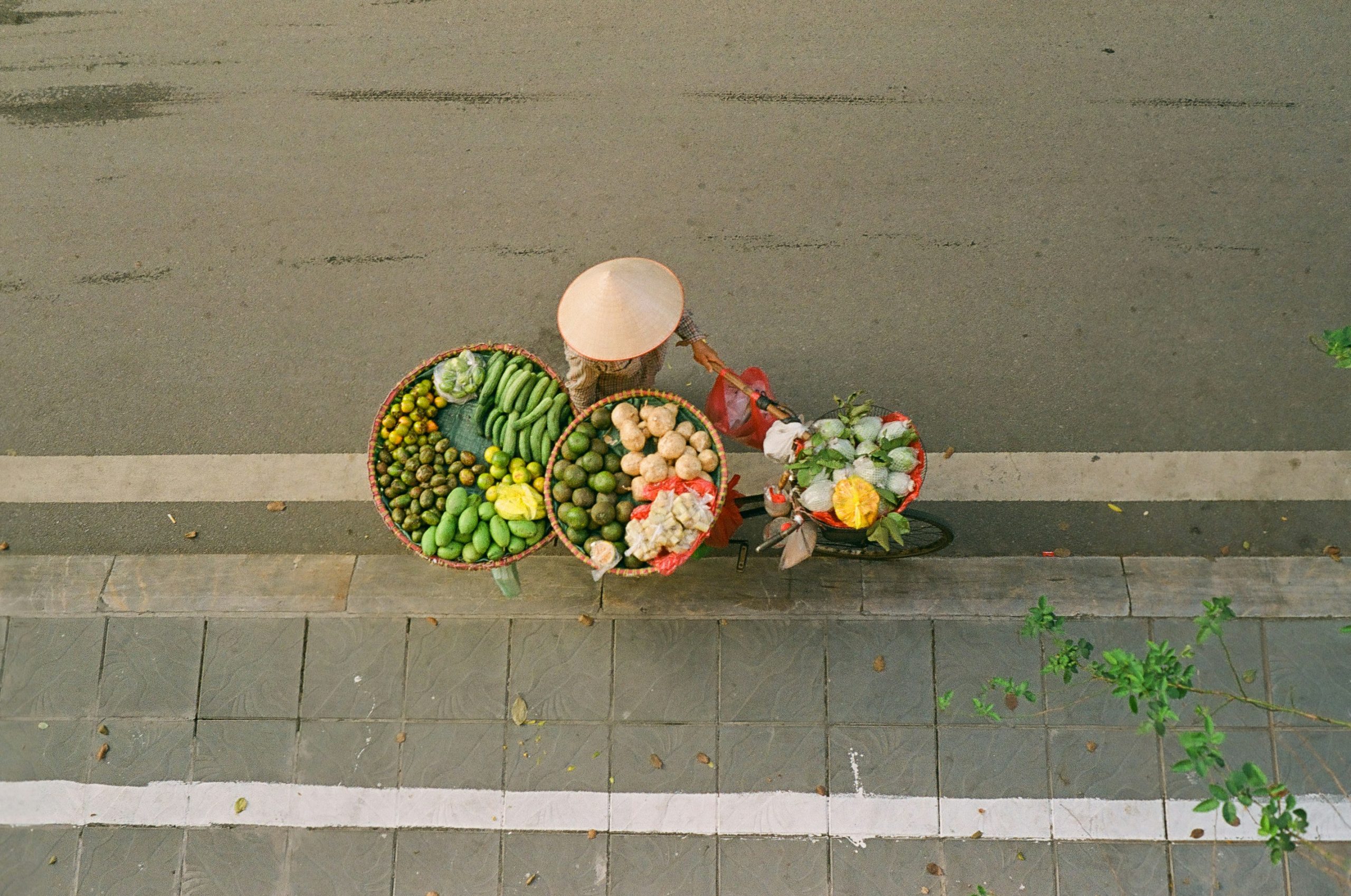Fresh Produce Storage: Keep Your Fruits and Veggies Fresh Without a Fridge
Ever found yourself with a bounty of fresh fruits and veggies but no fridge space to spare? You’re not alone! Many home cooks and food lovers are looking for ways to keep produce fresh without relying on refrigeration. The good news is there are plenty of natural preservation methods that are not only effective but also eco-friendly. In this guide, we’ll explore practical vegetable storage tips and non-refrigerated storage techniques that ensure your fresh produce storage is top-notch. Let’s keep those fruits fresh and your veggies vibrant with some simple, sustainable tricks!## Fresh Produce Storage Hacks
Let’s dive into some clever ways to keep your fruits and veggies fresh without relying on your fridge. These hacks will help you maximize your produce’s shelf life and reduce food waste.
Non-Refrigerated Storage Basics
The key to storing produce outside the refrigerator is understanding each item’s needs. Different fruits and vegetables require different conditions to stay fresh.
For most produce, a cool, dry, and dark place is ideal. This could be a pantry, cellar, or even a dedicated produce basket on your countertop. Make sure there’s good air circulation to prevent mold growth.
Some fruits, like bananas and apples, release ethylene gas as they ripen. This gas can speed up the ripening process of other produce nearby. Keep these fruits separate from ethylene-sensitive items like leafy greens and peppers.
Remember to check your produce regularly and use the “first in, first out” method to minimize waste. This means eating older items before newer ones.
Natural Preservation Methods
Natural preservation methods can extend the life of your produce without artificial additives or refrigeration. These techniques have been used for centuries and are still effective today.
One popular method is vinegar washing. Mix one part vinegar with three parts water and use this solution to rinse your fruits and vegetables. The acidity helps kill bacteria and mold spores, prolonging freshness.
Another technique is the paper bag method. Place ripening fruits like avocados or peaches in a paper bag with an apple or banana. The ethylene gas released will speed up the ripening process naturally.
For root vegetables, try the sand storage method. Layer clean, dry sand with your vegetables in a wooden box or bucket. This keeps them cool and prevents moisture buildup.
Food Longevity Tips
Maximizing food longevity isn’t just about storage methods; it’s also about smart shopping and preparation. These tips can help you get the most out of your produce.
Buy local and seasonal when possible. Locally grown produce is often fresher and lasts longer because it hasn’t traveled far. Seasonal fruits and vegetables are at their peak quality and tend to have better shelf life.
Don’t wash produce until you’re ready to use it. Excess moisture can lead to faster spoilage. Instead, store items dry and rinse them just before consumption.
For herbs, try the bouquet method. Trim the stems and place them in a jar with a bit of water, like a flower bouquet. Cover loosely with a plastic bag and store at room temperature.
Lastly, consider preserving excess produce through methods like pickling, canning, or dehydrating. These techniques can extend shelf life significantly and provide tasty alternatives to fresh produce.


